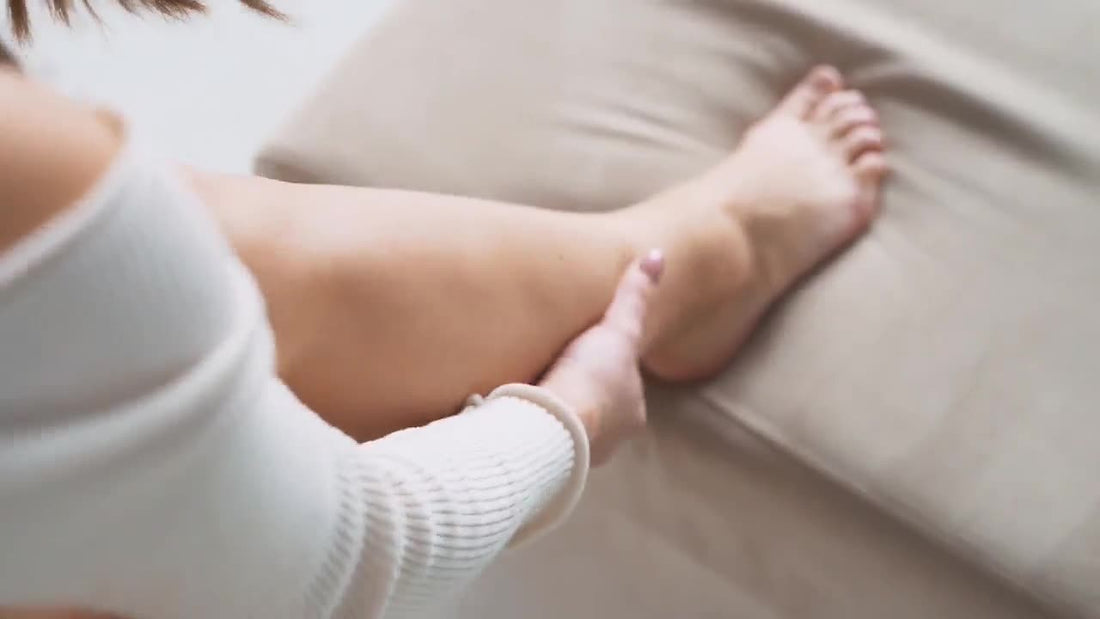
Vein issues? Don’t let the symptoms progress.
Share
Varicose veins: What are they?
Insufficient blood flow in the legs and ankles causes varicose veins, which are enlarged, bulging veins. It may be painful in the area and difficult to stand for an extended amount of time due to the enlarged veins.
Varicose veins' most typical signs and symptoms include the following:
- Heavy Legs
- Swelling
- Itching
- Burning
- Pain Relief When You Elevate Your Legs
Although venous insufficiency is not a life-threatening condition, it can lead to consequences if treatment is put off.
The veins in your legs carry blood back to your heart. They have one-way valves that keep blood from flowing backward. If you have chronic venous insufficiency (CVI), the valves don’t work as they should, and some of the blood may go back down into your legs. That causes blood to pool or collect in the veins.

Let’s be honest:
"It’s essential to keep a close eye on what your body has to say — and it’s necessary to know if you need to take action or you can let it pass."
Because your leg’s circulation directly mirrors your overall well-being, it is time to take action if you notice the following symptoms above.
Don’t let the symptoms progress. If you feel or see any of these signs listed above, then it’s time to add the following remedies to your routine:
1. Get regular moderate exercise.
2. Elevate your feet while reading or watching.
3. Do not stand in one place too long.
4. Deep breathing or singing helps empty out the large veins, thus increasing venous circulation.
5. Walking barefoot improves venous blood flow.
In the morning, go out and walk barefoot on the cool, wet grass. Then quickly dry your feet and put on your compression socks. Compression socks gently squeeze your legs to move blood up your legs and help prevent leg swelling and blood clots.
Joocla has a graduated compression sock design to gradually squeeze your legs, help your veins function well, and restore a healthy blood flow!

Wrapping It All Up
Graduated Compression socks are unique kinds of socks where it's tighter in the ankles and lower part and then gets looser and looser as it goes up. This design has the potential to help with blood circulation greatly.
If you find yourself with the symptoms mentioned above, which usually happen to people who spend most of their time on their feet and are looking for ways to relieve and improve performance, compression socks may be an option for you.
Sometimes they are even 50% OFF.
